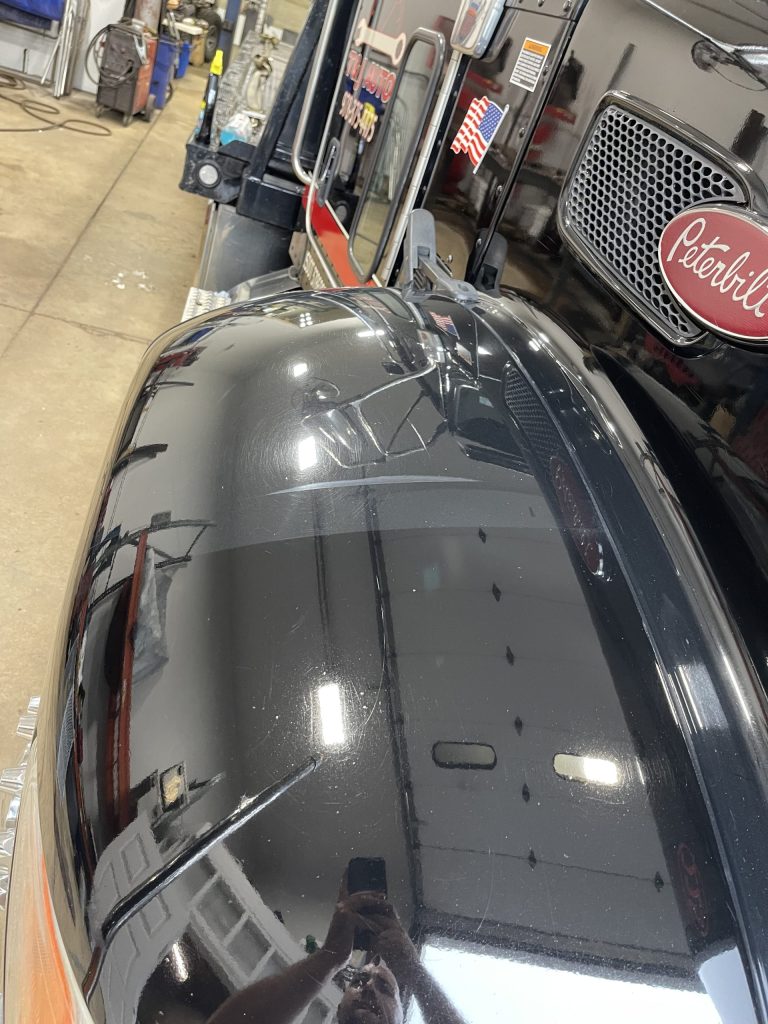When it comes to washing your car, one might think bucket of soapy water and hose will do the trick. You wet the car, wash it, rinse and dry and it’s clean right? Wrong!
Everyday vehicles that drive outdoors or are left outdoors, they are exposed to environmental fallout. Everytime a vehicle is left outside whether parked or driving, it’s exposed to bird droppings, bug, acid rain, brake dust and carbon build up from vehicle exhaust. Washing doesn’t remove these.
A wash only gets rid of surface dirt and not the more stuck on grime. Bird droppings and rain contain acid which can stain your paint. Brake dust is another enemy of the paint. It’s bad enough when it’s just your brake dust, but we are surrounded by cars everywhere. The brake dust comes off in tiny sharp particles and lands in the paint, not on. After these get wet, especially on white or silver paint, they leave a little rust spot. Solution? Claybar. After I wash your paint, I will use a claybar to remove all the embedded dirt and brake dust. The problem with a claybar is while it removes the embedded dirt, it also leave surface scratches and you might thing , “what the hell?” That’s where polishing comes in.
85% of consumers take their vehicles to the car wash, so me using a claybar is minimal compared to the damage automatic and self service car washes have already done. In order for the paint to be shiny, it needs to reflect light but when it’s got all these micro scratches, it creates valleys within your paint which deflects light and you don’t get a good reflection. Polishing uses heat from the machine and the polish to remove very, very small layers of the clear coat which then makes the paint flat. Having the paint flat will reflect light again and make your paint look much better then when you got it from the dealership. Here’s is a Before and After. Top hazy section is before and bottom is after the polish
